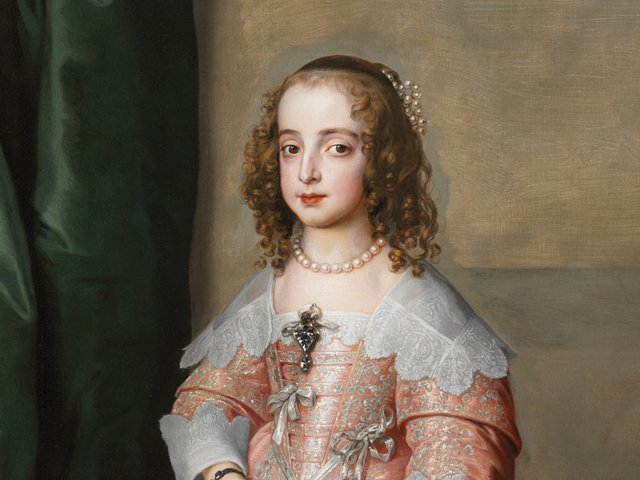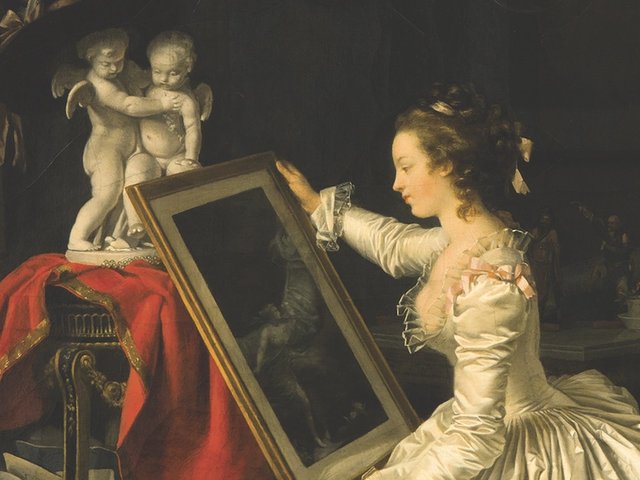Major museum acquisitions are often hailed as “transformative”, and this rang especially true for several institutions in 2018. Donations of more than 1,300 works apiece will turn the Institut du Monde Arabe in Paris and Vienna’s Albertina into centres for contemporary art. The Albertina and the University of Texas are creating new spaces to house collectors’ gifts, while almost 11,000 works from the defunct Corcoran Art Gallery in Washington, DC, have found permanent new homes. And the Baltimore Museum of Art controversially used deaccessioning as a force for change, putting the proceeds from the sale of blue-chip works towards more diverse purchases. Here, we look back at some of the most significant acquisitions of the year.
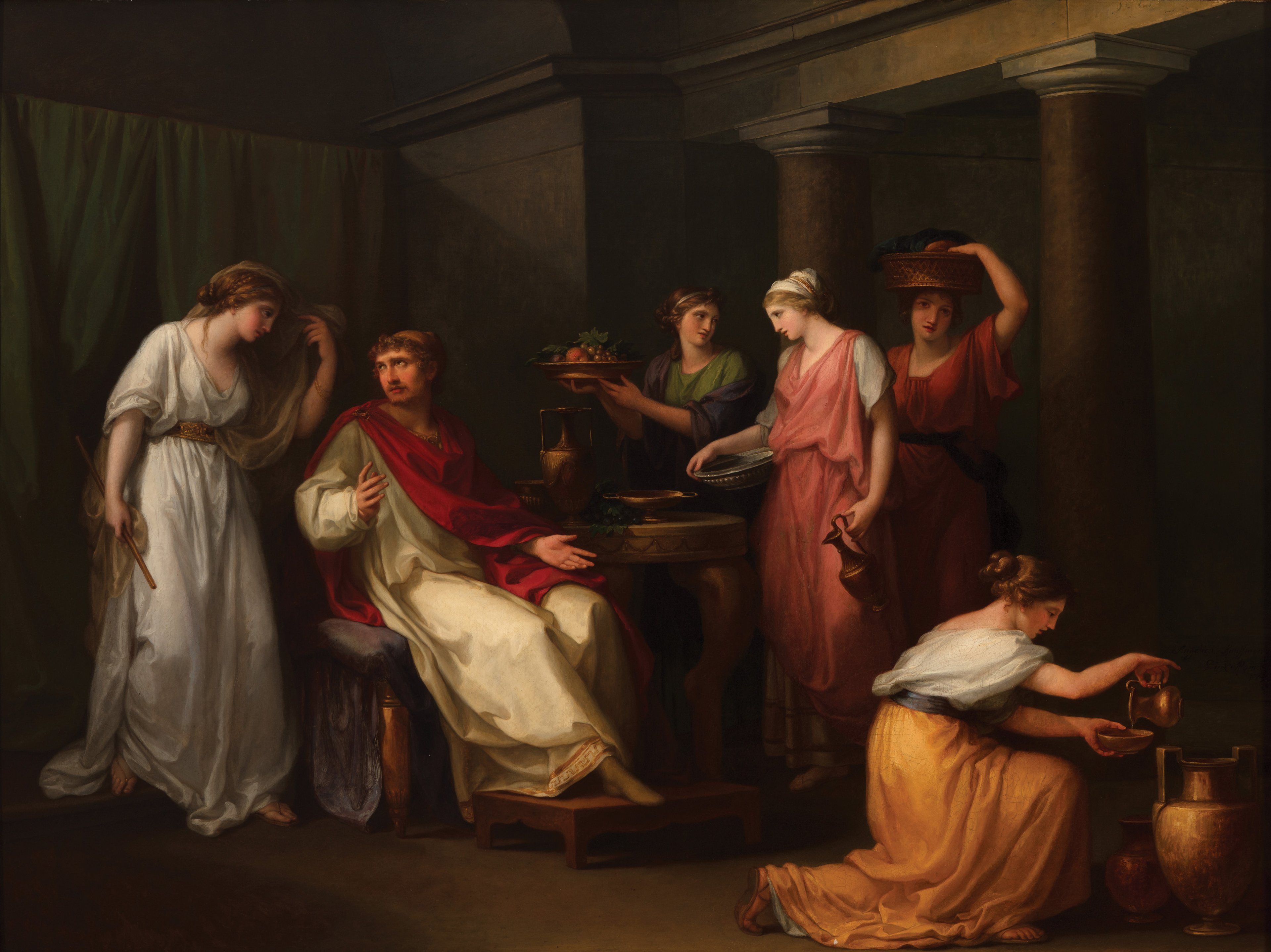
Swiss art collection, University of Texas at Dallas: The US collectors Richard and Luba Barrett promised the most significant collection of Swiss art ever assembled outside Switzerland to the University of Texas at Dallas. With more than 400 works made between the 14th and 21st centuries by artists including Angelika Kauffmann and Félix Vallotton, the university’s first art collection will be held by the Edith O’Donnell Institute of Art History. A foundation to be established after Richard Barrett’s death will fund future acquisitions of post-war and contemporary Swiss art, and the university plans to open a museum to display the gift. Angelika Kauffmann, Ulysses on the Island of Circe (1793). Courtesy of the Barrett Collection © Kevin Tedora
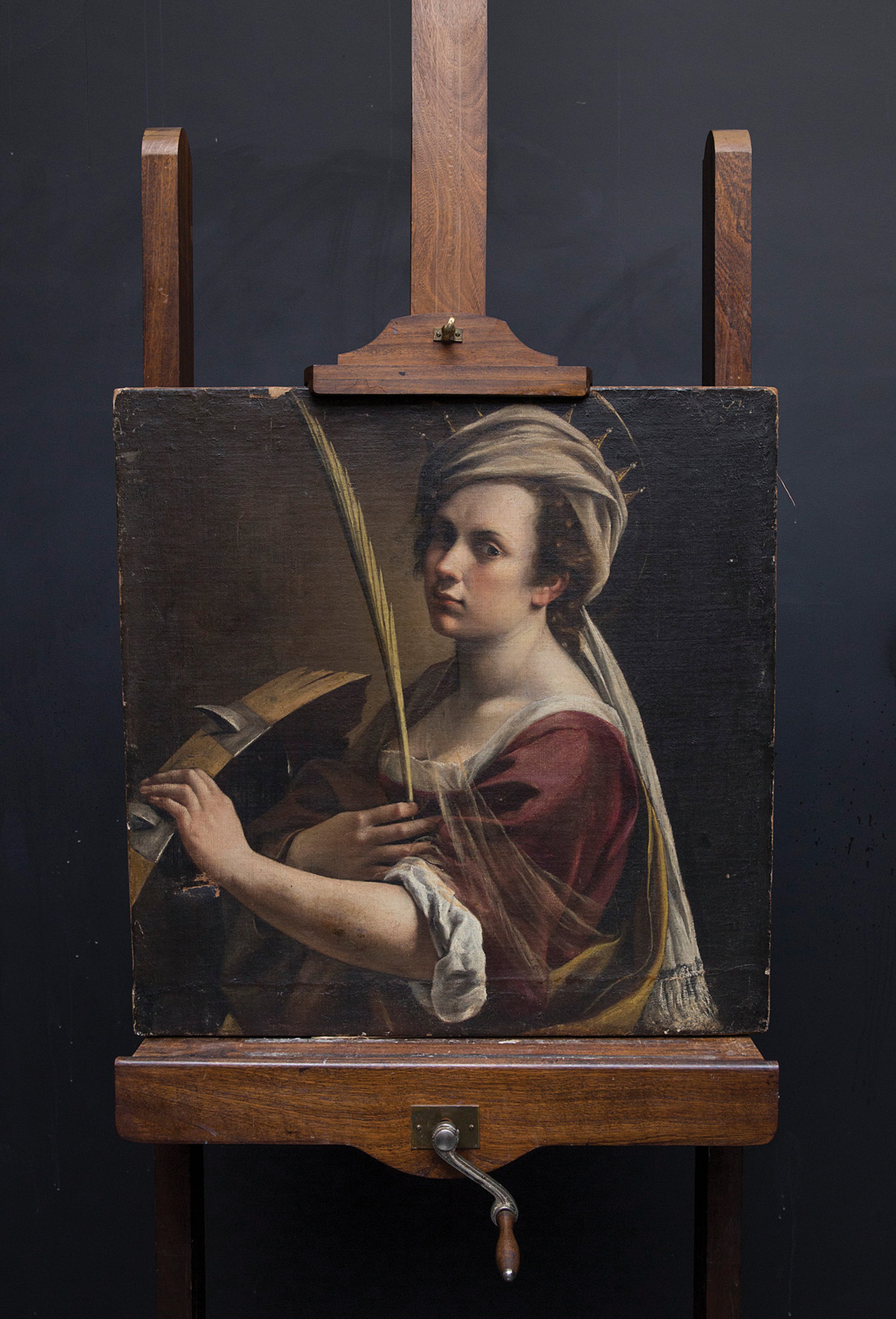
Artemisia Gentileschi’s self-portrait, National Gallery, London: The Italian Baroque painter Artemisia Gentileschi has been experiencing a renaissance of late, as her depictions of strong women have resonated with the #MeToo era. London’s National Gallery paid a record £3.6m for the recently discovered Self-portrait as Saint Catherine of Alexandria (around 1615-17), mostly funded by its American Friends group. The work was sold by the London-based gallery Robilant + Voena, which bought it for €2.4m (with fees, against an estimate of €300,000-€400,000) at auction in Paris in December 2017. The painting is due to go on show at the National Gallery on 19 December after conservation. Artemisia Gentileschi’s Self Portrait as Saint Catherine of Alexandria (around 1615-17). © The National Gallery, London

Gifts from Colección Patricia Phelps de Cisneros, Museum of Modern Art, New York: The Museum of Modern Art (MoMA) in New York bolstered its holdings of Latin American art early this year with a gift of 90 contemporary works from the Caracas- and New York-based Colección Patricia Phelps de Cisneros. This represents a “terrific cross-section” of the field, said the museum’s director Glenn Lowry, with works by 48 artists across media, from painting and drawing to video and performance. The MoMA acquisition was the biggest slice of the Cisneros Collection’s gift of around 200 works to six institutions in the US, Argentina and Spain. Amalla Pica's Venn Diagrams (Under the Spotlight) (2011). Courtesy of the Museum of Modern Art, New York
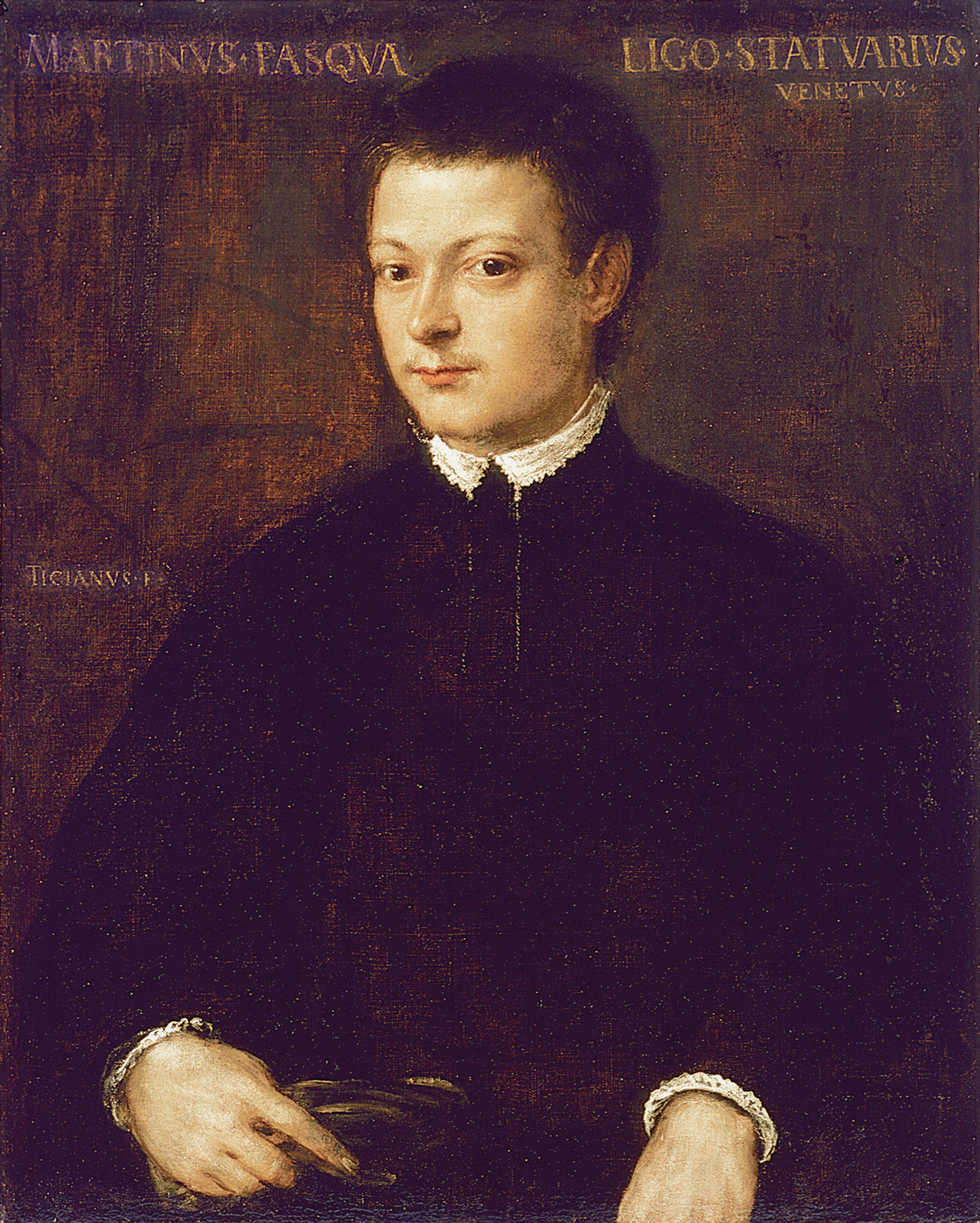
Works from the Corcoran Art Gallery, American University Museum, Washington, DC: The board of the defunct Corcoran Art Gallery in Washington, DC completed “one of the largest free art distributions in US history”, dividing the last 10,750 works in the collection between 22 institutions in the district. The American University Museum at the Katzen Arts Center received around 9,000 pieces by a wide range of artists, including Pablo Picasso, John Singer Sargent, Rembrandt, Thomas Gainsborough and Louise Nevelson. The acquisition was bittersweet for the Katzen’s director and curator John Rasmussen, who commented: “Probably, more work from the Corcoran will be on view than there ever was before—but it is still not the Corcoran.” Portrait of Martino Pasqualigo (around 1544-45), attributed to Titian. Courtesy of the American University Museum, Washington DC
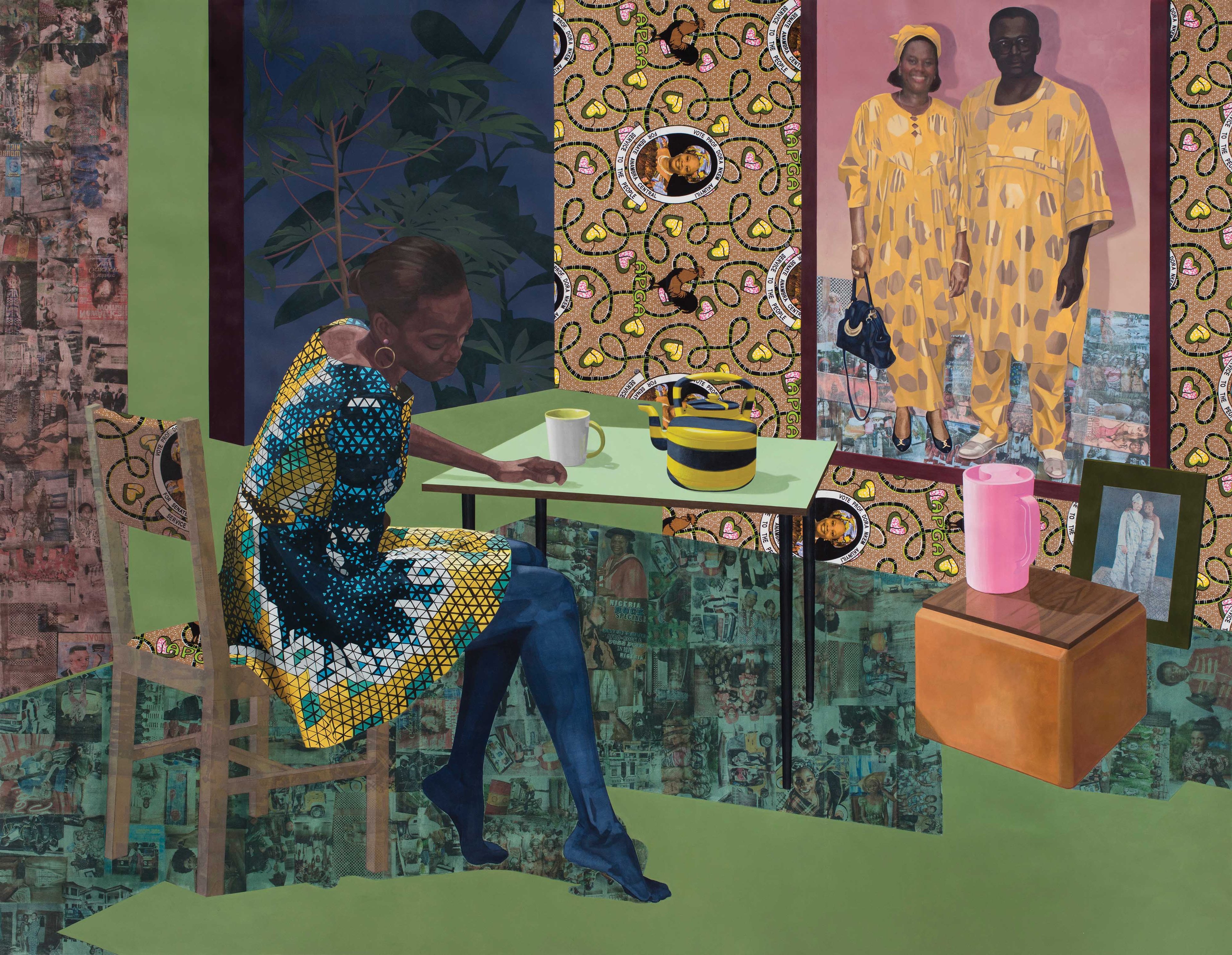
Works by underrepresented contemporary artists, Baltimore Museum of Art: The Baltimore Museum of Art (BMA) this spring deaccessioned seven blue-chip works, coincidentally all by white male artists, to fund more diverse acquisitions. In June, the museum announced the first purchases made with proceeds from the auction. The group of 23 works encompasses paintings, sculptures, films, textiles and photographs by artists of colour and female artists, such as Amy Sherald and Lynette Yiadom-Boakye. “Museums are entering a new era of heightened consciousness of incomplete histories and biases that must be addressed,” said the BMA’s director Christopher Bedford. Njideka Akunyili Crosby's Dwell: Aso Ebi (2017)
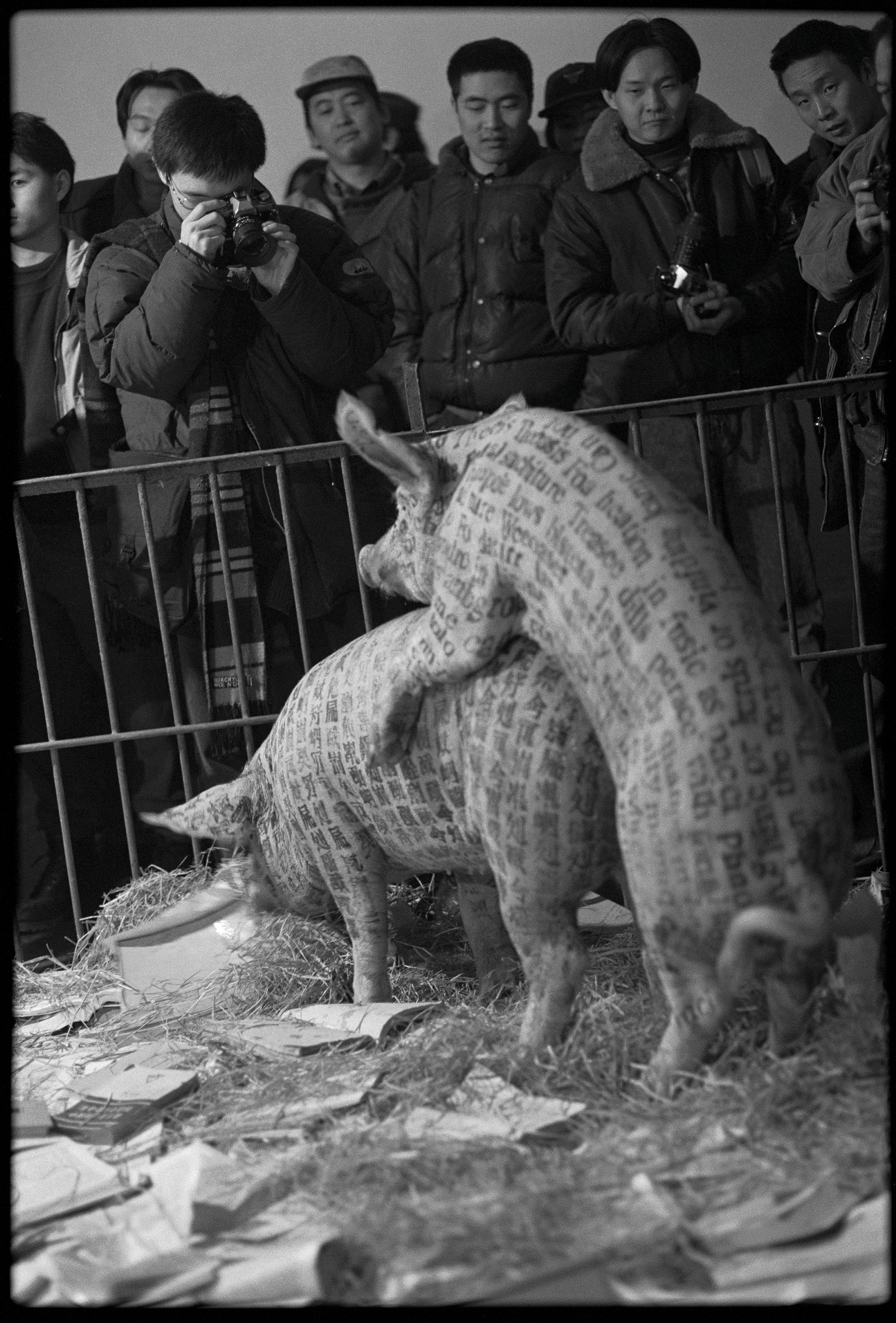
Xu Bing’s controversial video, Solomon R. Guggenheim Museum, New York: New York’s Guggenheim Museum acquired the Chinese artist Xu Bing’s controversial video A Case Study of Transference (1994) with funds from an anonymous donor—six months after pulling it from its exhibition Art and China after 1989: Theater of the World, amid protests from animal rights activists. The ten-minute film documents a performance in China where two pigs, one stamped with nonsensical Chinese characters and one with nonsensical English, copulate in front of a live audience, referencing the cultural and economic collision between the East and West. Xu Bing's A Case Study of Transference (1994) © Xu Bing
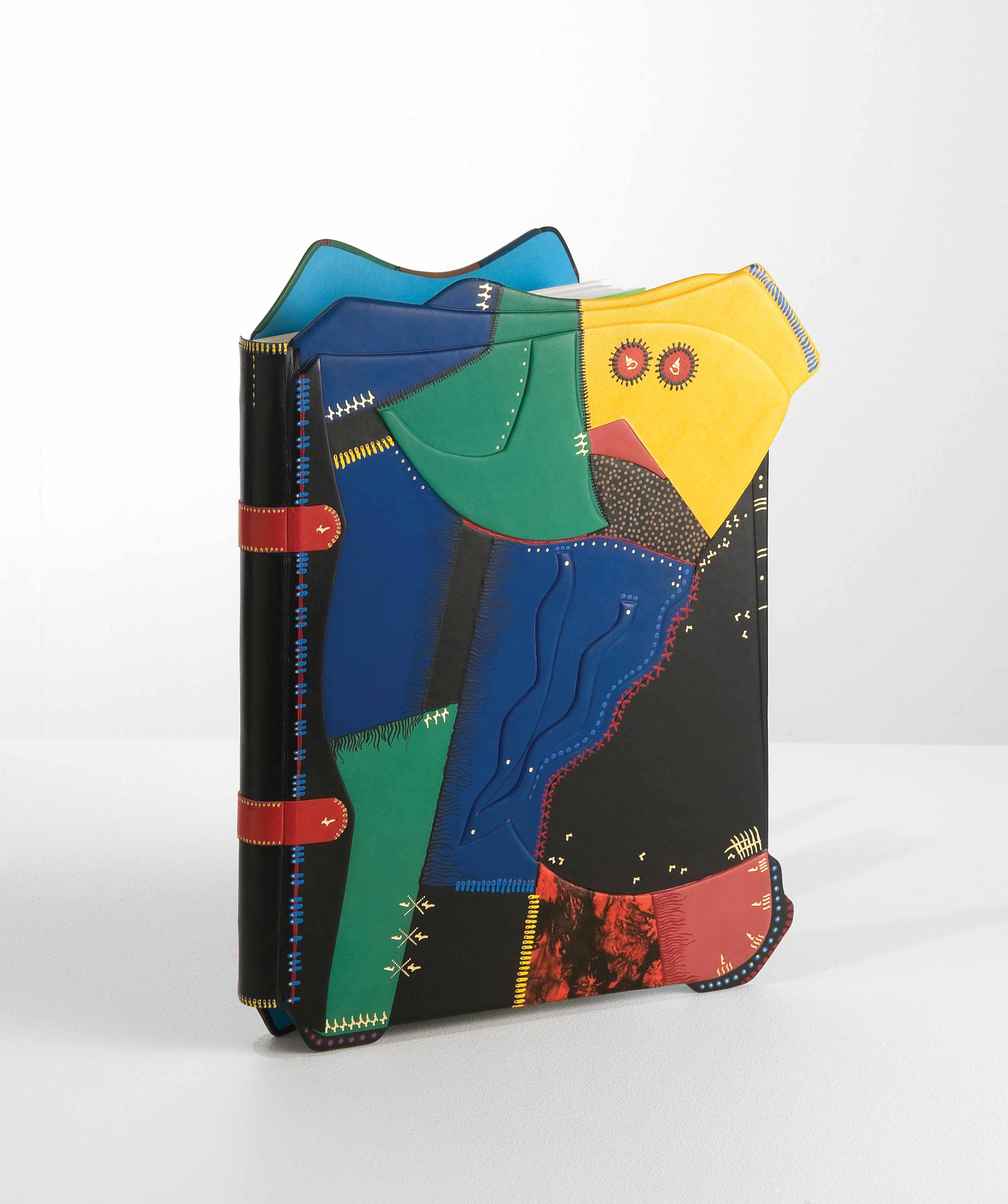
Collection of Middle Eastern Modern and contemporary art, Institut du Monde Arabe, Paris: The Institut du Monde Arabe (IMA) in Paris announced a new emphasis on Modern and contemporary Arab art after an “exceptional” gift of 1,300 works from the Lebanese-born dealer Claude Lemand and his wife France. Lemand, who began collecting in the 1980s, said the donation “gives meaning to our lives”. In addition to donating paintings, works on paper, sculptures, books, photographs and ceramics by more than 60 artists, including Abdallah Benanteur, Shafic Abboud, Dia Al-Azzawi and Etel Adnan, the couple has established a fund to support acquisitions, exhibitions, research and publications at the museum. Daniel Knoderer's Portrait de l’Oiseau qui n’existe pas (portrait of the bird that doesn’t exist) (1990-92). Courtesy of the Institut du Monde Arabe

Works from the Essl collection, Albertina Museum, Vienna: Vienna’s Albertina received more than 1,300 works from the Essl collection. Karlheinz Essl, the founder of the DIY chain Baumax, and his wife Agnes displayed their Austrian and international art collection in a private museum from 1999 to 2016. When Baumax faced bankruptcy in 2014, the Essls sold 60% of the collection to the industrialist Hans Peter Haselsteiner. The couple and their son Martin have now given the remaining works, by artists such as Marc Quinn and Erwin Wurm, to the Albertina. Haselsteiner will lend the museum his share for “at least” 27 years and fund the €40m renovation of the Künstlerhaus in Vienna as a new venue for the collection. Marc Quinn's Stripped (1997) © Marc Quinn

Archive and future works of Young-Hae Chang Heavy Industries, M+, Hong Kong: M+, Hong Kong’s future museum of visual culture, bought the archive of the digital artist duo Young-Hae Chang Heavy Industries, dating back to 1999, and the rights to all their future works. A museum statement said the “globally unprecedented” deal with the Seoul-based net art pioneers would continue for as long as they “make new work and present projects internationally”. The archive includes one edition of each of their Adobe Flash animations, as well as unpublished works, drafts and translations in 26 languages. The works will be “shown prominently” in the M+ building, which is due to open in 2020, and online, according to the moving image curator Ulanda Blair. A still from THE ART OF SLEEP (2006) by Young-Hae Chang Heavy Industries. Courtesy of Young-Hae Chang Heavy Industries and M+

Nancy Holt’s Sun Tunnels, Dia Art Foundation, New York: The Dia Art Foundation acquired its first piece of Land Art by a female artist, Nancy Holt’s Sun Tunnels (1973-76) in northwestern Utah’s Great Basin Desert. The work comprises four concrete cylinders placed in a cross-like formation to align with the sunrise and sunset on the horizon during the summer and winter solstices. The holes line up with stars in constellations including Perseus and Capricorn. Dia purchased the work for an undisclosed sum from the Holt-Smithson Foundation, which also donated the room-sized installation Holes of Light (1973), a precursor to Sun Tunnels. Nancy Holt's Sun Tunnels (1973-6) © Holt-Smithson Foundation
Swiss art collection, University of Texas at Dallas: The US collectors Richard and Luba Barrett promised the most significant collection of Swiss art ever assembled outside Switzerland to the University of Texas at Dallas. With more than 400 works made between the 14th and 21st centuries by artists including Angelika Kauffmann and Félix Vallotton, the university’s first art collection will be held by the Edith O’Donnell Institute of Art History. A foundation to be established after Richard Barrett’s death will fund future acquisitions of post-war and contemporary Swiss art, and the university plans to open a museum to display the gift. Angelika Kauffmann, Ulysses on the Island of Circe (1793). Courtesy of the Barrett Collection © Kevin Tedora
A Baroque #MeToo heroine, a censored video and an 'unprecedented deal': the year in museum acquisitions
We look back at ten significant gifts and purchases that entered public collections in 2018
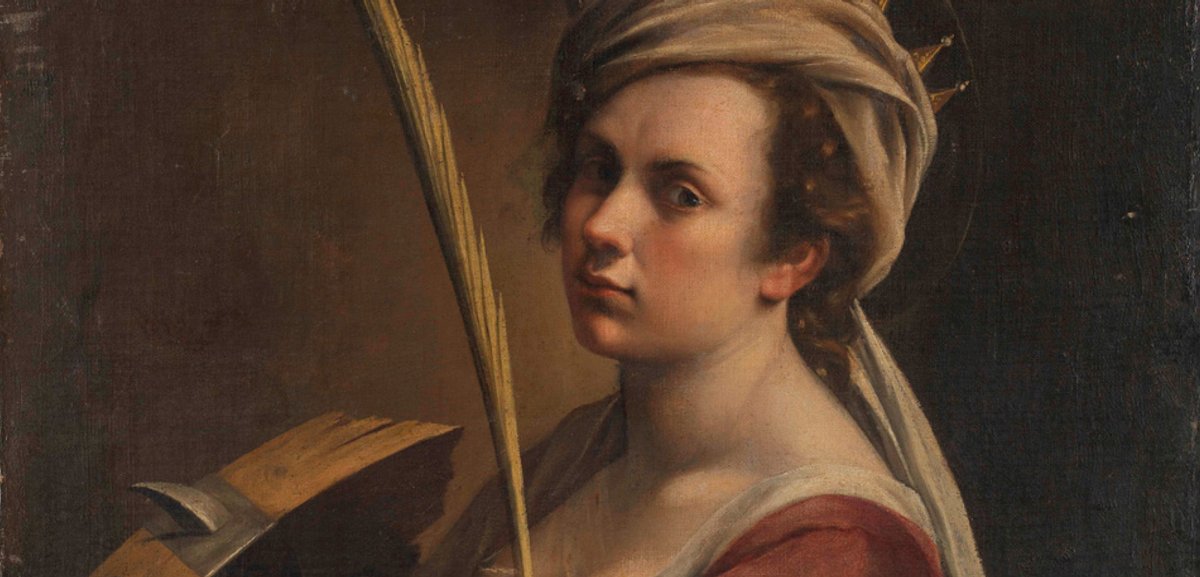
© The National Gallery, London


